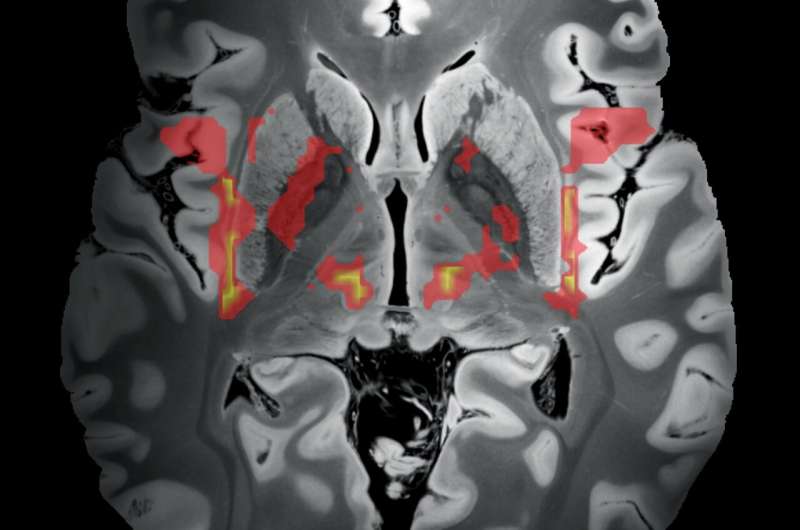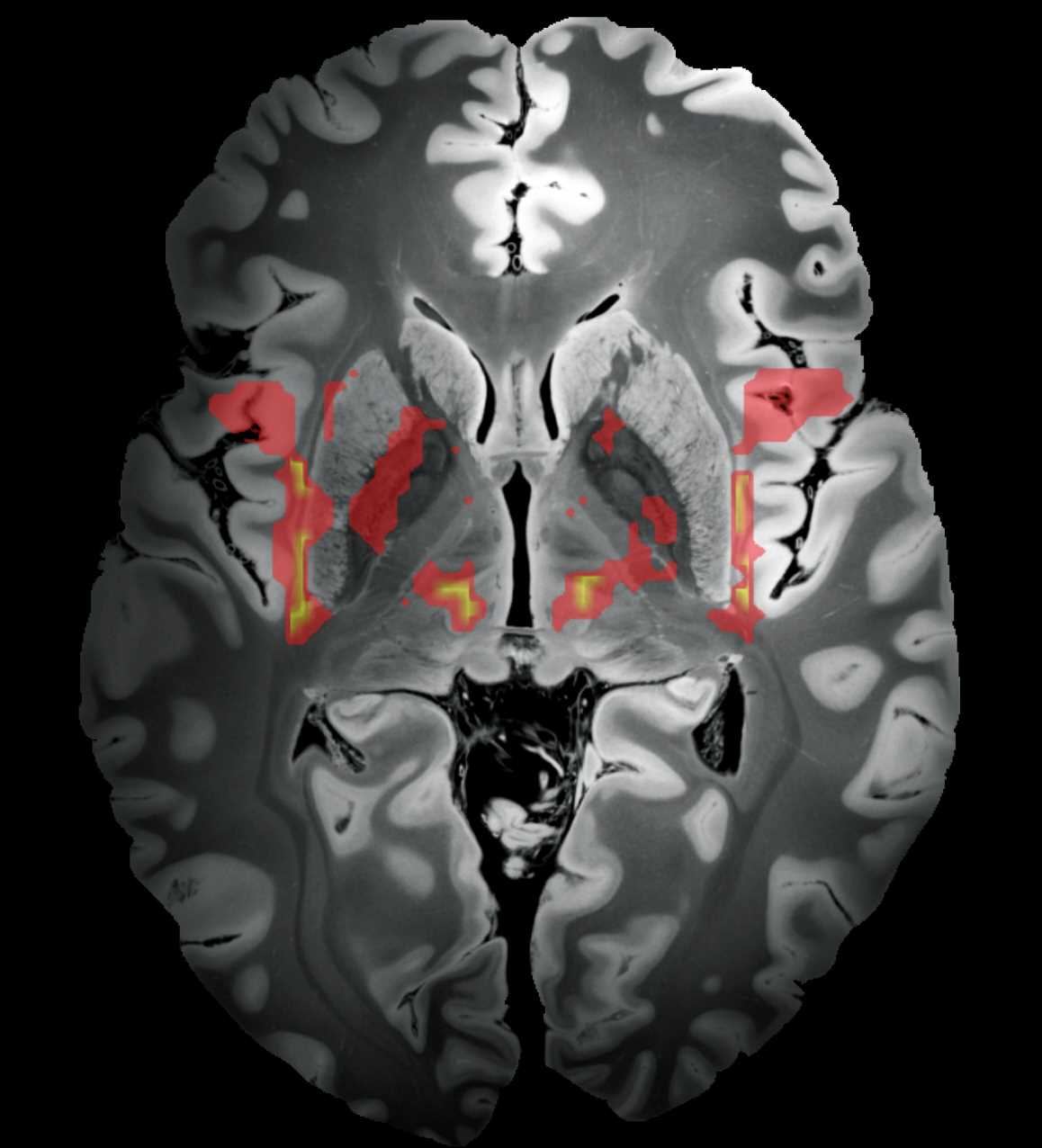
A team of researchers from Charité – Universitätsmedizin Berlin has identified a neural network which is responsible for generating tic disorders. Targeting of this network via deep brain stimulation delivered by a pacemaker-like device has resulted in the alleviation of symptoms in people with Tourette syndrome. The researchers’ findings, which have been published in Brain, could serve as a basis for improving the treatment of people with severe tic disorders.
Tics usually manifest as fast movements or sounds which occur suddenly, in quick succession, and without any obvious contextual embedment. Motor tics include rapid eye blinking or head jerking; vocal tics include throat clearing and whistling. Tic disorders are often associated with additional behavioral symptoms such as anxiety, obsessive-compulsive disorders, ADHD and depression, and can therefore often lead to social isolation. One of the most widely known tic disorders is Tourette syndrome, which describes individuals who have both motor and vocal tics. Tics usually first appear during childhood. Estimates suggest that up to four percent of children are affected by tics and that approximately one percent of children meet the diagnostic criteria for Tourette syndrome. In many (but not all) cases, symptoms become milder as children reach adulthood.
Little is known about the way in which tics are generated inside the brain. “Over the past few years, neuroscientists have identified a number of different areas in the brain which are involved in tic generation,” says last author Dr. Andreas Horn, who leads an Emmy Noether Junior Research Group dedicated to the study of network-based brain stimulation. This Group is located at the Department of Neurology with Experimental Neurology on Campus Charité Mitte, with additional sites at Massachusetts General Hospital and Brigham and Women’s Hospital, two hospitals associated with Harvard Medical School. He explains that “despite these recent breakthroughs, however, some important questions have remained unanswered. Which of these brain regions are responsible for generating tics? Which of them become active in order to compensate for faulty processes? We have now been able to show that it is not a single brain region which is responsible for generating tics. Rather, tics are caused by a network comprising different areas of the brain.”
The team of researchers started by consulting published case reports on patients with an extremely rare cause of tic disorder: brain injury following conditions such as stroke or trauma. In these individuals, the tics observed are the direct result of lesions within a specific area of the brain. Having identified at total of 22 such cases in the literature, the researchers then produced a detailed map of the brain areas containing the lesions and any other areas of the brain normally connected to them via nerve fibers. For this ‘connectivity analysis’, the researchers used a map describing the connectivity patterns found within the average human brain. This map was the result of years of development work conducted by the Department of Neurology with Experimental Neurology in collaboration with Harvard Medical School and was based on the brain scans of more than 1,000 healthy individuals.
The researchers were able to show that nearly all of the patients’ brain lesions—irrespective of their precise location within the brain—formed part of a common neural network comprising a wide range of areas, including the insular cortex, cingulate gyrus, striatum, globus pallidus internus, thalamus, and cerebellum. One of the study’s first authors, Bassam Al-Fatly of the Department of Neurology with Experimental Neurology, explains that “these structures are distributed almost across the entire brain and have a wide range of functions, from motor control to the processing of emotions. They have all been discussed as potential causes for tics in the past but, until now, we had no clear evidence available and no knowledge of a direct link between these structures. We now know that these brain regions form a network and that they may in fact cause tic disorders.”
The fact that this newly identified neural network is also of relevance to the treatment of ‘classic’ tics was demonstrated by analyzing data on 30 patients with Tourette syndrome, each of whom had received pacemaker-like devices whose electrodes had been placed in different areas of the brain. This type of deep brain stimulation (DBS) is currently only used in particularly severe cases, where behavioral interventions and medication have failed to achieve adequate results. For each of the 30 Tourette patients, the Berlin-based team of researchers determined the precise locations of the DBS device’s electrodes within the brain and whether they had been stimulating the tic-inducing neural network. Symptom improvement was found to be most pronounced in individuals whose electrodes produced the greatest degree of stimulation of the tic-inducing network.
Source: Read Full Article
